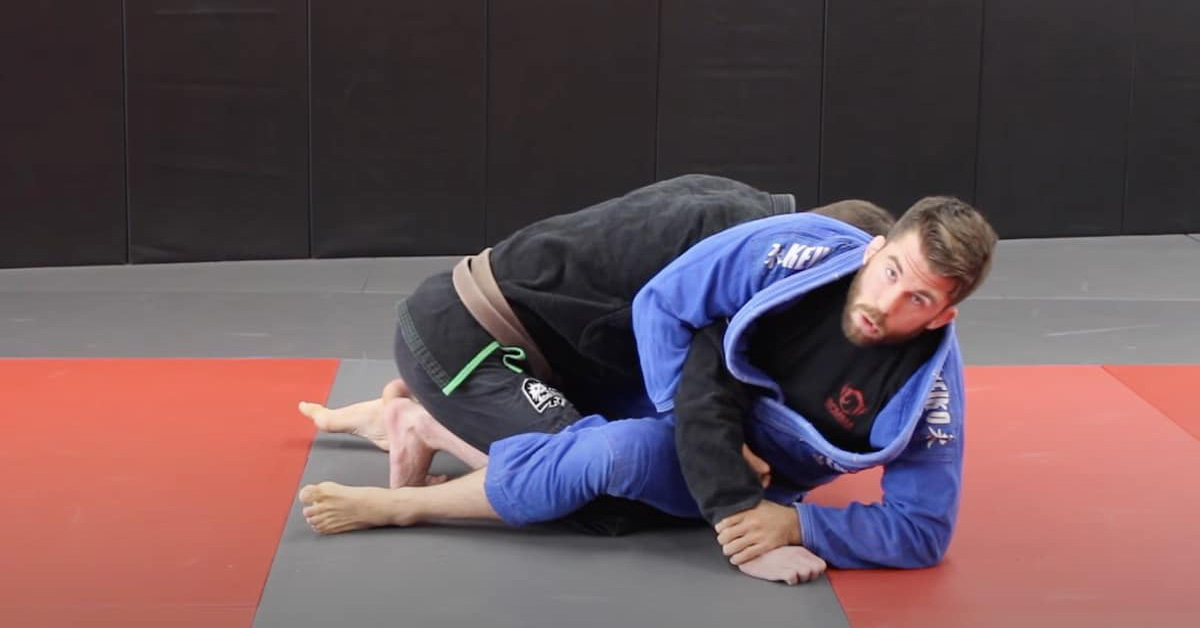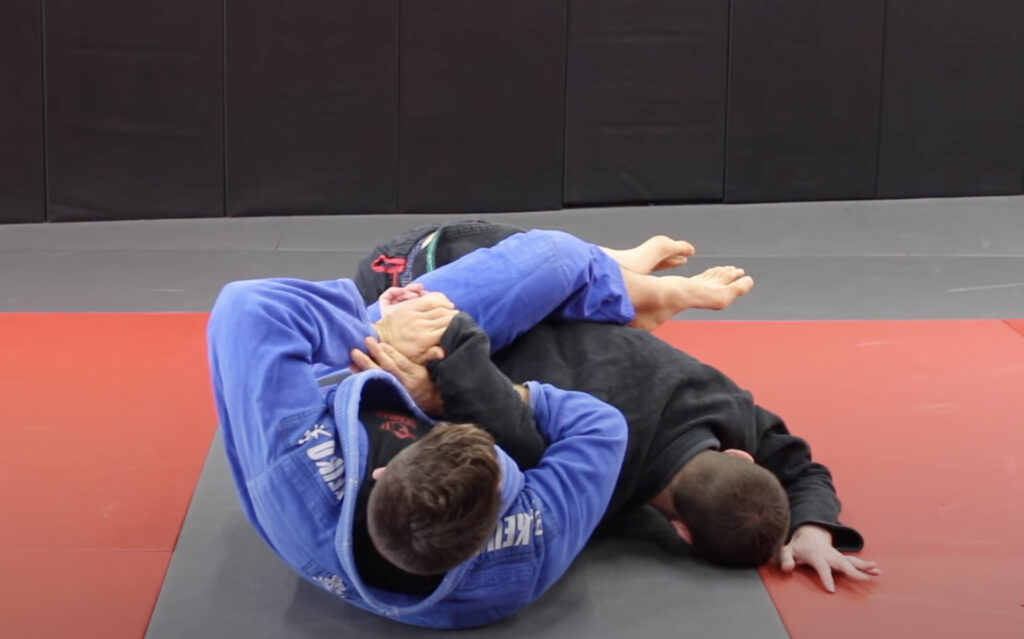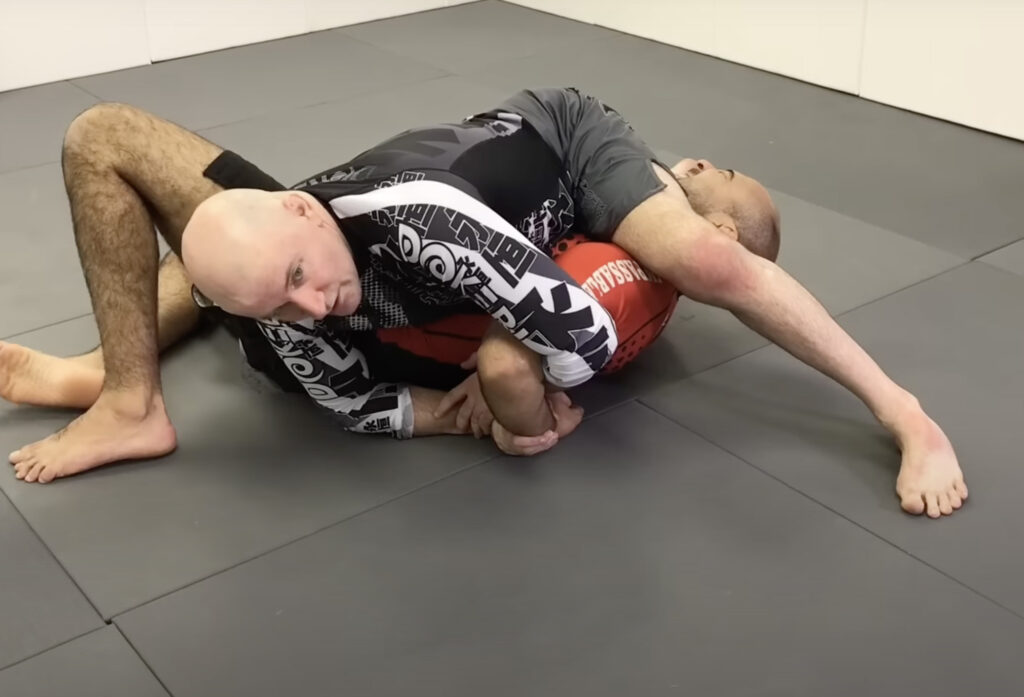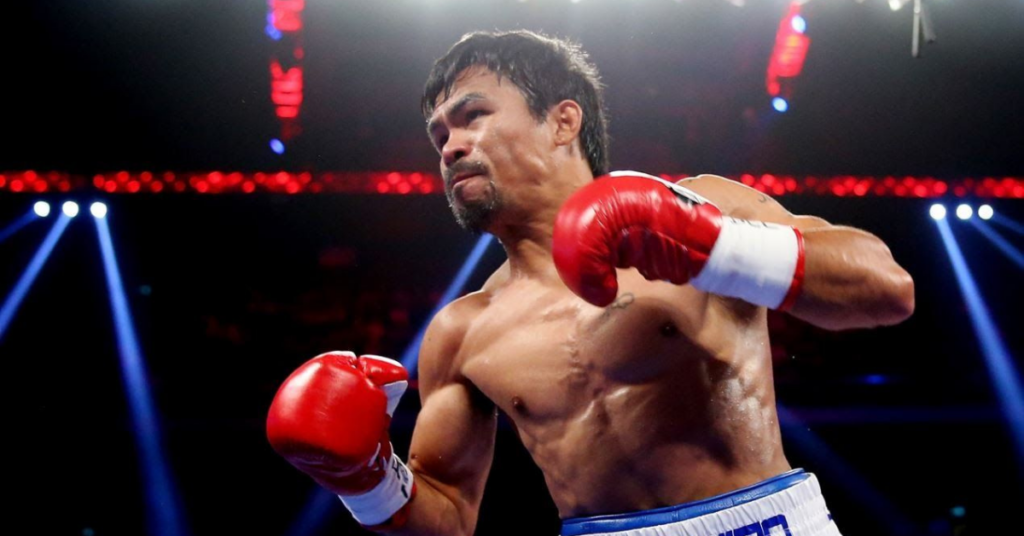Kimura Lock – BJJ Submission

The kimura lock is one of the most versatile arm locks in all of grappling. It can be done from nearly every position and is really simple to do.
Due to its versatility, the kimura is one of the most popular submissions within Jiu Jitsu. Being a go to move for many of the top BJJ athletes in the world.
Here is our complete guide to the kimura armlock. We’ll take you through when it was developed, how it works, and breakdown various setups for the submission. Then give you a list of important details and tips for locking in your kimura.
When was the kimura developed?
The kimura lock or double wrist lock is a move that has been around for centuries. Jiu Jitsu adopted the move from Judo, where it is known as the “Ude-garami.”
It got the name Kimura from the legendary Judoka Masahiko Kimura. When Master Masahiko was visiting Brazil, he was challenged to a grappling match by BJJ co-founder Hélio Gracie.
Kimura would dominate their match and would end up breaking Gracie’s arm with the Ude-garami. Out of respect to Masahiko, BJJ practitioners began referring to the move as the kimura.
Today, it has become one of the most used arm locks with grappling with numerous systems created around it.
The mechanics of the kimura Lock
From a glance, the kimura lock seems like a power move, but it’s movement is quite simple, only requiring a little leverage.
By grabbing your opponent’s wrist and wrapping your arm around theirs to grab your wrist creates a tight lock.
With their arm controlled with your two arms, all you have to do is take an angle and turn the arm. This motion creates intense pressure on your opponent’s elbow and shoulder, forcing them to submit.
Kimura from guard

The kimura lock from guard is one of the first basic submissions that you learn from this position. Start the technique by forcing your opponent’s hand to the mat.
Once their hand touches the mat, take wrist control on that arm. Then you’re going to side crunch up at an angle towards the arm and bring your free hand over their shoulder. You have to go over your opponent’s shoulder, otherwise you won’t have control of their arm.
Next you’re going to grab your own wrist to make the double wrist lock grip. From here, angle your hips out to get an angle to push your opponent’s arm to their back.
Kimura lock from side control

The kimura lock from side control is a good go to submission option from the position and also safe. Start by taking wrist control on your opponent’s far arm and planting it to the ground.
Be mindful of your weight placement when holding side control. If you lean too far over, your opponent can reverse you or recover guard if you’re too far away.
After you take wrist control, slide your free arm under their shoulder and lock hold of your wrist. From here, you have a couple different options to finish your kimura lock.
To finish a beginner, all you have to do is lift their shoulder, and turn their arm to their back.
For tougher opponents, you may need to step over your opponent’s head. Then pull their arm to your chest and put on the pressure.
Near side kimura lock from side control
From side control, you can also attack your opponent’s near arm. This kimura lock opportunity can come up either if your opponent turns away or you force them to turn.
When your opponent turns away from you, this exposes their arm. Quickly lock on your kimura grip and step over their head to north/south to finish the sub.
Knee shield kimura
A kimura lock from a knee shield is a common choice for those that like to play this half guard. Before we go into the steps of getting the kimura, we had to detail how to hold your knee shield.
It needs to be at an angle on your opponent’s chest, so you can keep the space between you and them.
Now start your kimura lock set up by grabbing wrist control on your opponent’s arm. Then you’re going to use your knee shield to push your opponent off balance and make space
In that moment, quickly move and dive towards their leg and get your kimura grip. Next to finish your kimura, just sit back and turn your opponent’s arm.
Kimura from mount
There is a tight and safe kimura lock set up from the mount position. Start the set up by driving one knee up and trapping your opponent’s arm to the mat,
Next your other is going to cup the tricep of their other arm and lift it up. At the same time you lift their arm, come up to your foot and trap their arm against your leg.
From here, lock on your kimura and finish the submission.
Kimura trap guard pass
The kimura trap system has become very popular in Jiu Jitsu. One of the techniques in this system starts from passing De La Riva guard.
You start this kimura trap by first addressing your opponent’s DLR hook. Counter their hook by pushing down on your opponent’s knee and turning your foot slightly out.
Next, push your opponent’s other foot between your legs and drive forward. Then place one hand at your opponent’s armpit, while the other hand is pushing on their knee.
As you push on your opponent’s knee, grab hold of their wrist with your other hand and immediately roll over them. Ending up right next to your opponent with your kimura grip connected.
Your opponent will try to defend by sitting up and turning into you. When they do this, turn towards their head and go right to the back mount.
You passed their guard and took their back all with a kimura grip.
Kimura trap from knee shield
Another one of the popular techniques from the kimura trap comes from a knee shield in half guard. From holding a knee shield, grab a kimura grip on your opponent’s arm.
Next, you’re going to bait your opponent by taking off your knee shield to let them pass. As they start to pass, use your kimura grip and push their arm into their body.
From here, there are two different options. If they try to pressure pass, you can push their arm into their body and turn to sweep them over.
Your other option is a back take. When your opponent goes to pass, swing your legs around as you push their arm in and get your hooks.
Rolling kimura from standing
This technique was the signature move of MMA legend Kazushi Sakuraba. It comes from your opponent hugging your back looking to take you down.
The first thing you need to do is keep your base down to keep from being thrown. Next, you need to grab wrist control on your opponent’s top arm. Then loop your arm under their arm and get your kimura grip.
From there, you’re going to turn into your opponent and hook your leg on the inside of their thigh. Then as you keep the kimura grip, you’re going to sit between their legs and do a back roll.
This forces your opponent to front roll and you end up on top with a kimura.
Important details and tips for doing the kimura Lock
A kimura lock is very easy to do, but if you don’t remember small details, your opponent will escape. Here are some important details and tips for doing the kimura.
- Hand to the mat: You have to get your opponent to put their hand on the mat before going for the kimura lock.
- Wrist control: A good kimura lock always starts with getting wrist control on your opponent.
- Sit-up: To get your second grip, you have to do a side crunch to the side and do a sit-up. This is so you can get your arm over your opponent’s shoulder to grab your own wrist.
- Elbow to your chest: Once you lock your grip in, you have to bring your opponent’s elbow to your chest. This is to make it harder for them to move their arm and eliminate space.
- Take an angle: When doing the kimura from your back, remember to take a slight angle. Doing this gives you space to turn the opponent’s arm and put on the pressure.
- Stay tight: When you do a kimura from a top position, remember to keep your opponent’s arm tight to your body. If you don’t keep a tight grip on their arm, they can easily turn and start their escape.






